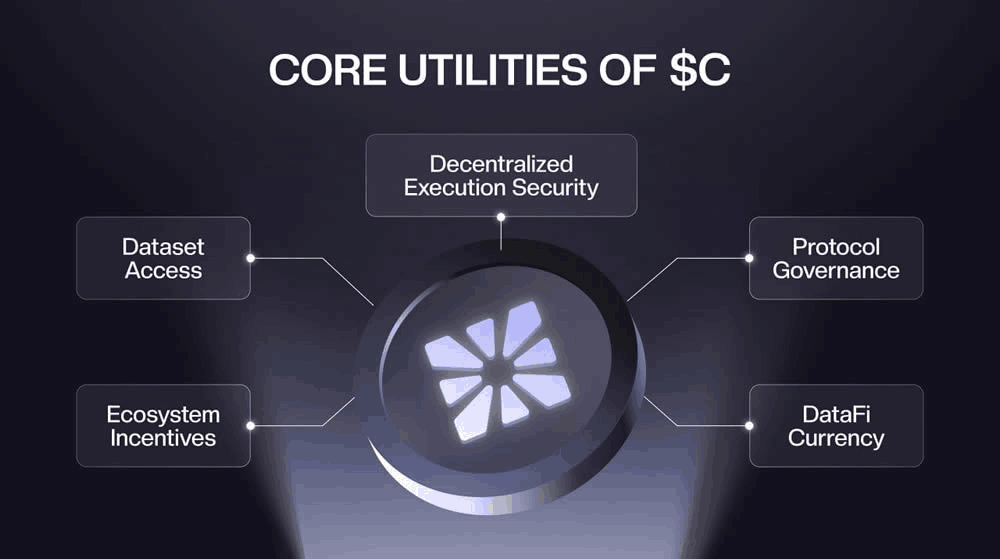
How does Chainbase release the value of blockchain data? Their answer is quite straightforward: by using a sufficiently strong infrastructure to 'package' complex data processing workflows into simple and usable services. Whether it's real-time monitoring or deep historical data queries, developers can easily access it through APIs and data pipelines, allowing them to focus more on product innovation itself.
What Web3 currently lacks the most is not ideas, but a stable and reliable data foundation. Chainbase has done a solid job in this area, particularly drawing my attention is dual-chain architecture—not just pursuing high performance or merely talking about decentralization, but balancing both, considering efficiency and trustworthiness.
In terms of data indexing, has employed its own set of algorithms, which are highly efficient. You can imagine it as a super-large library, but they have given each book extremely precise tags. No matter how you pose your question, the system can quickly find the few books you need—even a specific paragraph. This querying capability is very practical in an environment with massive amounts of data on the blockchain.
Currently, has supported over 8000 developer projects, which is quite a significant scale to be honest. Many projects choose Chainbase not just for convenience but also for the stability and scalability behind it. When the ecosystem is thriving, tools are user-friendly, and the community is active, that is the real value.
Speaking of ecosystems, one must mention the role of tokens. They are not just a pass; they are the core of the entire economic model. Node access requires staking , data calls require consuming $C, and even malicious actions by nodes will incur staking penalties—this design binds the security mechanism and economic incentives together, making the system increasingly robust.
In terms of security, Chainbase considers it from the ground up. Nodes cannot be joined by just anyone; they require staking and validation, which naturally filters out some unreliable participants. Data writing is not decided by one person but is cross-validated by multiple nodes to reach a consensus, similar to the logic of 'multi-signature', avoiding single points of failure.
Even at the API access level, has implemented rate control, permission management, and log tracking to prevent abuse and attacks. These details may seem ordinary, but they are crucial for teams that want to commercialize applications.
In my opinion, Chainbase is not just another data platform; it is more like defining what a 'trusted data infrastructure' should look like. The security of data itself is the security of value, which is especially evident in the blockchain industry. As more people and institutions enter Web3, projects like Chainbase, which are both technology-driven and incentive-aware, will have greater room for development.

